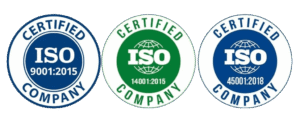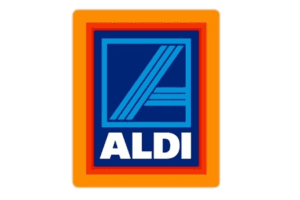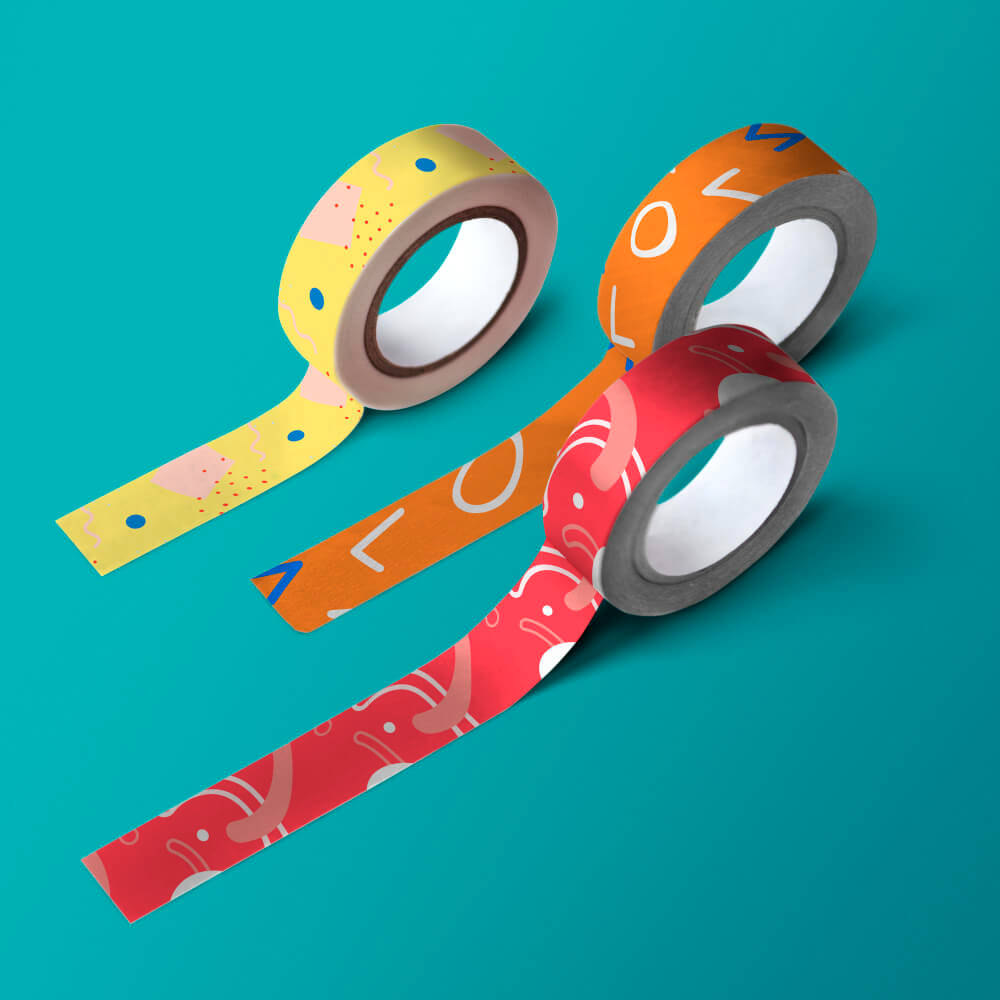When you think of branding, you probably picture logos, websites, and advertisements. But here’s a little secret—your packaging tape can be just as powerful. Instead of using plain, brown tape, custom-printed tape turns every box you ship into a mini billboard. It keeps your products safe and makes your brand stand out.
In this guide, we’ll walk you through how to design packaging tape step by step, in plain language—no design degree required.
Why Packaging Tape Matters
Packaging tape isn’t just sticky stuff for sealing cartons. It:
- Protects your products during delivery.
- Shows professionalism and builds trust.
- Reinforces your brand identity with every shipment.
Think about it: the first thing your customer sees when a box lands at their door is the tape. That little strip sets the tone before they even open it.
Step 1: Decide the Purpose of Your Tape
Before you jump into colors and logos, ask yourself—what’s the main job of this tape?
- Standard tape: Everyday sealing for lightweight to medium boxes.
- Reinforced tape: Extra strength for heavy cartons.
- Water-activated kraft tape: Tamper-proof and eco-friendly.
The purpose guides your design. For example, eco-conscious brands often choose paper-based kraft tape to highlight sustainability.
Step 2: Keep Your Brand Front and Centre
Your tape should look like you. Stick to your brand’s personality.
- Logo placement: Use a repeating pattern so your logo is always visible.
- Colors: High contrast works best, especially on brown cartons.
- Typography: Bold fonts over thin ones—you want the text to be legible at a glance.
Even something as small as a tagline—“Sealed with Care” or “Eco-Packaged”—adds personality.
Step 3: Keep the Design Simple
Less is more. Remember, the tape is narrow and usually viewed from a distance. A clean design works better than a busy one.
Best choices for packaging tape design:
- Logo only
- Logo + tagline
- Logo + short message (e.g., Fragile / Handle with Care)
Step 4: Add a Functional Twist
Smart brands use their tape to deliver quick messages:
- Eco message: “100% recyclable packaging”
- Security: “Do not accept if seal is broken”
- Marketing: QR codes linking to your website or special offers
This way, your packaging tape works double duty—practical and promotional.
Step 5: Choose the Right Printing Method
Your design only looks good if the printing holds up. Common options are:
- Flexographic printing: Best for bulk orders, simple designs.
- Digital printing: Great for small runs and colorful designs.
- Silkscreen: Works for bold, limited details.
Pro tip: Always request a sample before placing a big order.
Step 6: Test Before You Roll Out
Order a test roll. Seal a few cartons. See how the tape looks under warehouse lights and how clear the design appears when the tape is stretched across a box. Small tweaks here save you from bigger mistakes later.
Step 7: Think Sustainability
With businesses moving toward eco-friendly packaging, choosing biodegradable tape or water-activated kraft tape not only reduces waste but also boosts your brand image. Customers notice when you make the effort to go green.
You can read more about our sustainable packaging solutions on our Sustainability page.
Final Thoughts
Learning how to design packaging tape doesn’t have to be complicated. Focus on purpose, keep your branding simple, and add thoughtful details that your customers will appreciate. Done right, your tape becomes more than just a seal—it’s a storyteller for your brand.
At Carewell Group, we help businesses create custom packaging solutions that are practical, eco-friendly, and brand-driven. Whether you need tapes, wraps, or complete packaging systems, we’ve got you covered.
Carewell Group Pty Ltd
Unit 27/191, McCredie Road, Smithfield, NSW 2164
Phone: +61 0477 123 699
Email: sales@carewellgroup.com.au | info@carewellgroup.com.au | logistics@carewellgroup.com.au
Contact us today to request a free quote and start designing your custom packaging tape.










